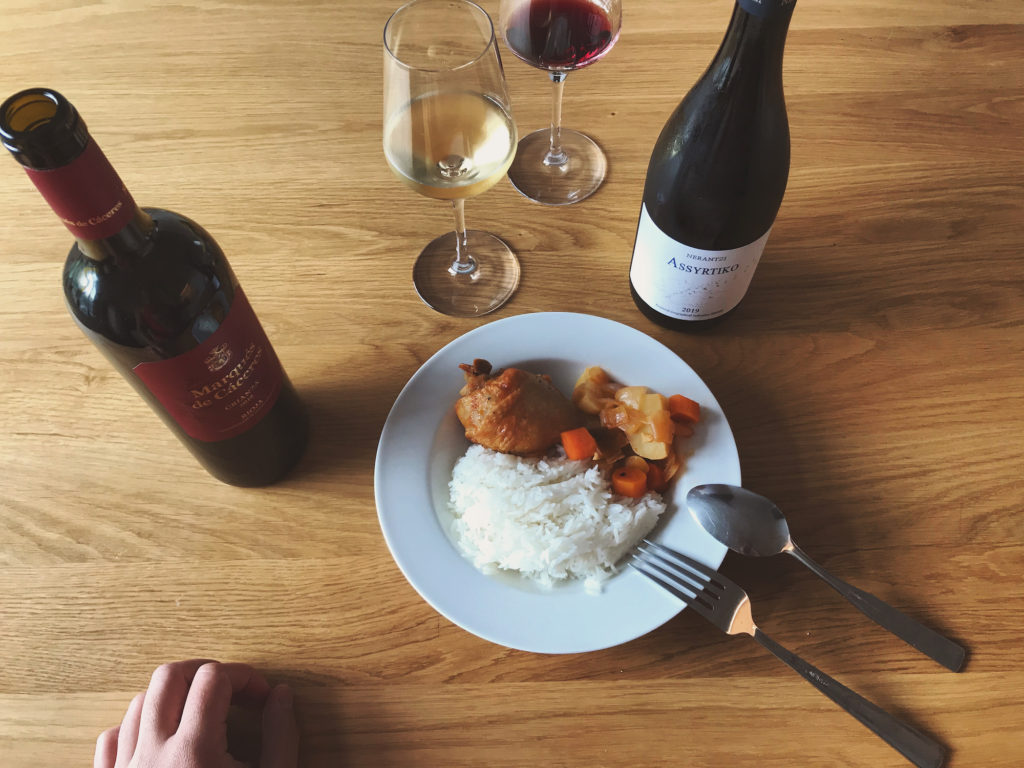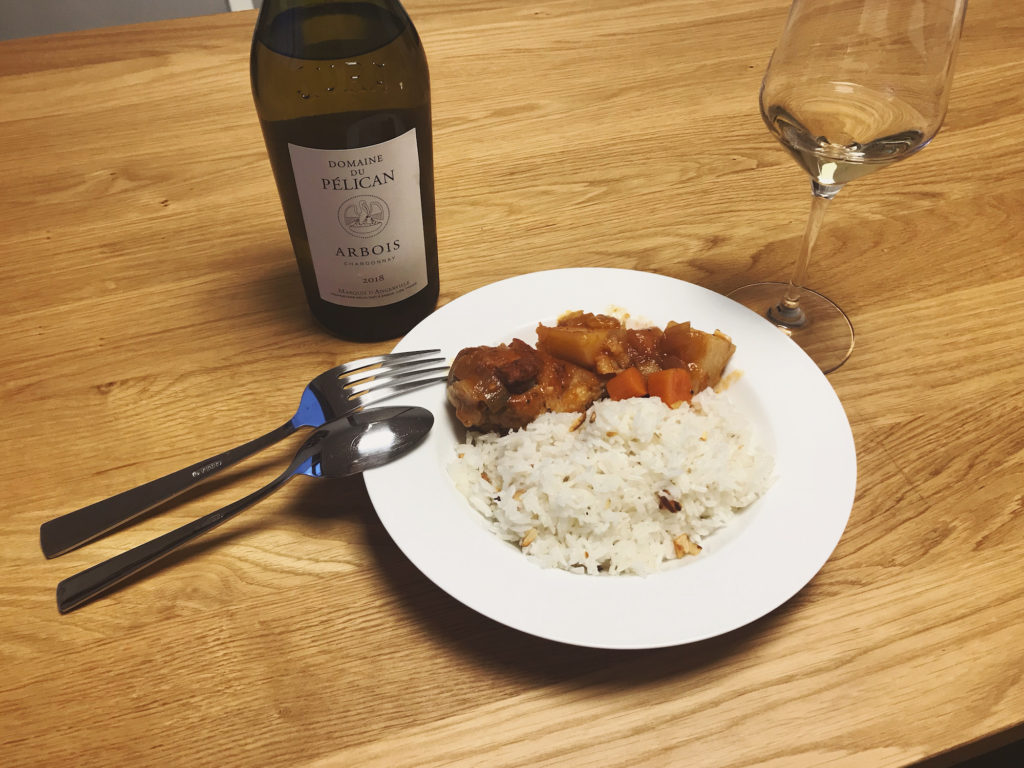Looking at a timeline of top Billboard hits is such an absolute trip because the journey back to seemingly vapid bops aligns perfectly with particular stages of my life, bringing back such vivid memories. Rihanna’s Only Girl in the World always sends a jolt down my spine as I recall how it woke me up on the radio alarm during my first year of university; the rise of Lady Gaga’s Poker Face brings back that mandatory intro to info tech course we took in high school, where a classmate introduced me to the song as we did our dreadfully easy typing assignments; and Rihanna’s Work immediately became my theme song during that first month in San Francisco when I co-founded a company.
I specifically remember a chilly night heading to the grocery store in the Excelsior after filling out a spreadsheet chronicling every single purchase thus far. It was a rough time that put my frugal instincts into overdrive, but that’s where that song transports me. Cue the image of me strutting down a sidewalk in a coat on my way to pick up a baguette.
Starting a company involving the molecular crafting of wines and spirits obviously has multiple challenges, but a unique one for my position was this transition from working with a natural wine bar back home in Vancouver before plunging into what once seemed like the complete opposite. A second coming out, I’d sort of describe it, with some denouncements and attempted dissuasion from others as I’d discuss this new venture. What else would you expect, with a brand new idea in a traditional industry, though? We got there eventually, and we proved that it could work.
I’ve said it before, but I’ll say it again: starting a tech company while also getting to know yourself, your queerness, and where you come from certainly felt like jumping into the deep end of a complicated pool. Considering that nothing in my life felt particularly stable during that moment, it was a difficult period where relief was difficult to find: at the time, I felt that the wine industry had collectively raised all of their eyebrows at me, I felt that Filipinos didn’t think I was Filipino enough, I felt that gays didn’t think I was gay enough, and I felt like tech didn’t think I was straight and white enough. The mental turmoil was temporarily quelled by grocery store wine, obviously. I’ve come far, but learning to navigate and flourish in these different worlds is still something I’m learning to do, but I can’t say it hasn’t galvanized me.
I’ll never forget the time I attended my first networking session as a co-founder: while having an awkward but regular interest in the refreshments table, I began connecting with a biotech start-up co-founder. In a sleep-deprived daze supplemented by a drink or two, I refused to break eye contact in fear that I would fall over, and I reached for a single baby carrot from one of those Safeway vegetable platters. I slowly realized I had plunged my hand into a bowl of ranch dressing, but I did not break eye contact because I am what? A professional.
I’ll never not talk about how some aromas can transport me too, though. A combination of vanilla, brown sugar, and Lucky Charms cereal reminds me of this one hookup; the nutty and sweetly herbaceous pandan brings me to the packaged Filipino snacks of Vancouver’s Fraser Street as a child; and a particular combination of peach tea and maple syrup – which for some reason I sometimes smell throughout San Francisco – reminds me of a wine I smelled during an early day of our start-up.
Okay fine, and grocery store ranch dressing transports me to that one networking event.
As someone who can be the most indecisive about the smallest things, I love the description of something that can be the “victim of its own versatility”. As I look towards a wine pairing for afritada, a Filipino dish with Spanish roots consisting of meat braised in a tomato-based sauce, I feel like I’m landing right in this camp: the recipe I refer to emphasizes how it can exist in a more stew-like fashion, though much drier versions flow through my memory. The recipe also forgoes some greenery, which I’ve typically seen in the form of green peppers or peas, and instead uses a simpler base of carrots, potatoes, and onions. Doing a quick scan of other recipes, I also see that some versions like to emphasize sweetness with a bit of sugar or banana ketchup, whereas the recipe that I referred to aimed to retain an underlying current of zestfulness in the form of fish sauce and lemon juice. Since I’ve never made afritada before, I decided to stick to this milder recipe.
It’s another one of those cases where a dominant flavour doesn’t necessarily inform what wine we should choose, though the fish sauce seemed like somewhere we could start: my big Filipino flavour experiment a couple of months ago shone light on the fact that whites typically worked better with fish sauce, and more specifically, whites that were moderate enough in volume to let the funky flavours speak, regardless of structure. Oddly enough, for example, the taut Greek Assyrtiko and the more relaxed Californian Chardonnay – despite being quite different – were both great pairings for fish sauce, but the expressive Sancerre and roaring sparkling wine were less than perfect.
Assyrtiko seemed like the right choice for afritada manok (chicken afritada), especially given the acidity from the tomatoes, but I couldn’t help but pick up a mild-mannered Rioja to see if the Spanish-influenced dish kept enough of its original spirit to pair with a Spanish wine.
Domaine Nerantzi 2019 Assyrtiko (Serres, Greece) Oct 2020. $19 USD.
Moderately scented with nectarine on the nose and with underlying brisk minerality – slightly more obvious fruit than I’m used to for Assyrtiko, and it’s a pleasant expression that sets itself apart from versions I’ve had from Santorini. Nervously electric, and with a slight flinty bitterness on the mid-palate that reveals some green apple. Certainly cleansing and lively, but has a hint of a honeyed waxiness as it opens up.
Marqués de Cáceres 2016 Rioja Crianza (Rioja, Spain) Oct 2020. $17 USD.
Deep ruby with purple tones. Some stewed red fruits and earth, with an emphasis on plum, dried black cherries, and ash. Neither too soft nor too intense in any aspect on the palate with moderate body and structure, and with a slightly earthy ending. Pretty solid stuff. 85% Tempranillo, 10% Garnacha Tinta, 5% Graciano.

Like that one friend who doesn’t hesitate to do a little quasi-parkour no matter the time or place, the Assyrtiko verges on swamping the afritada with its energy; that being said, the sour broth works well with the darting acidity of the Assyrtiko, which introduces a cleansing mineral slate that dances with the wine. The Rioja is also decent, but it ultimately fades in the presence of the afritada and some of its bitterness is emphasized. (I knew this would happen, but you can never have too many wines open while watching presidential debates.)
Although these pairings worked well enough, I am annoyingly insistent in finding a pairing that fits a little more snugly, so I keep some leftovers and have a hunch about what wine to buy next for this trifecta of a Goldilocks situation. I need something with a little more stuffing and with rounder edges, but that can still handle the insistent yet subtle funky edges of the afritada. I settle on a Chardonnay from Jura’s sub-region of Arbois, with its taut yet rounded energy, like a beanbag chair made of moonlight.
Domaine du Pélican 2018 Arbois (Jura, France) Oct 2020. $50 USD.
A slow-forming sweet and savoury aroma escapes the glass, and it’s bringing me to that moment when you open the freshly-made serving of jasmine rice from the rice cooker. That nuttiness with a tone of minerality is followed by deep notes of yellow apple, oak spice, and just the barest hint of charred bread crust. Dry and creamy but most notably, has an intensity of dried pomaceous fruit and a savoury character that leaves the tongue with lots to play with. Very satisfying.
As suspected, the pairing works wonderfully. If the afritada brings a bright red to this canvas, the Chardonnay streaks the color and creates a gradient with its soft yellows. The wine adds a savoury coda to the dish, grounding the flavours so that they hover for a moment before floating away.

Expressions of Chardonnay from Burgundy would certainly also work, but for a stew-like expression of afritada, the Assyrtiko can definitely be a star. My hunch for sweeter versions of afritada make me head towards riper styles of Chardonnay from the New World, and although I’ll need to test it out, versions with lots of greenery tempt me to suggest Fumé Blanc or White Bordeaux, which have that weight we look for but with kisses of greenness from Sauvignon Blanc. Watch this space.
Now that “victim of its own versatility” is a food and wine thing, let’s make it a Grindr thing.